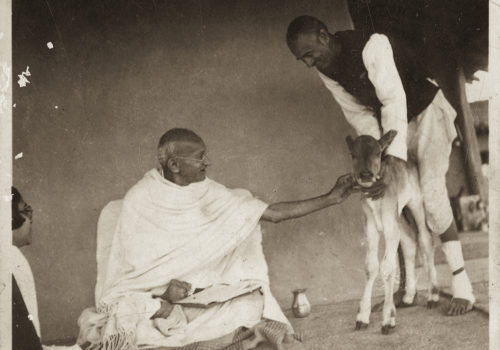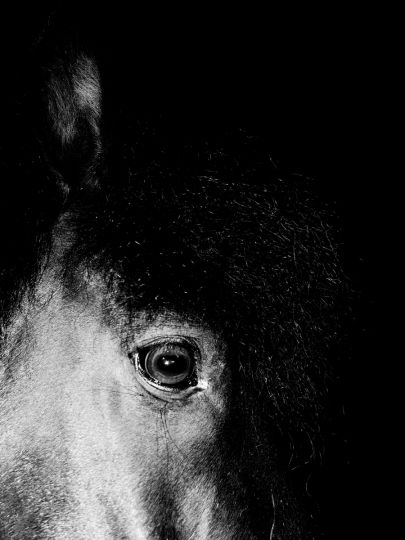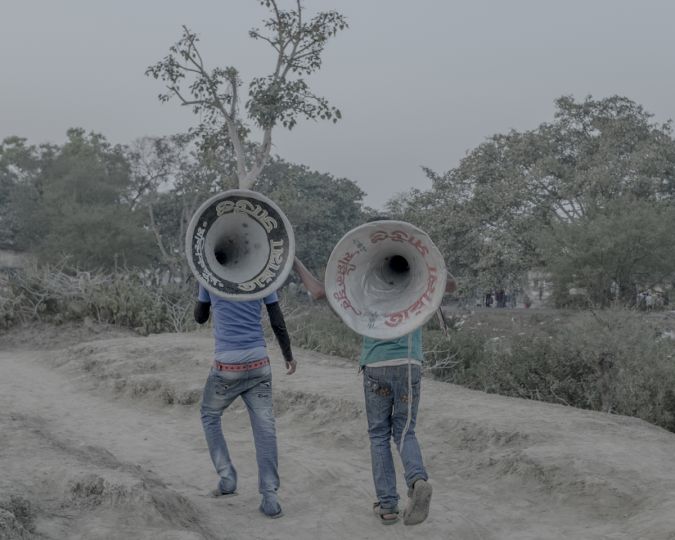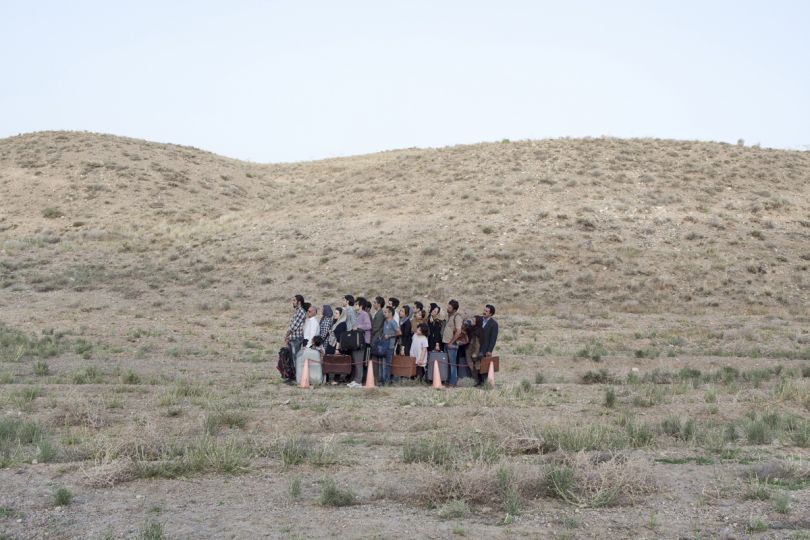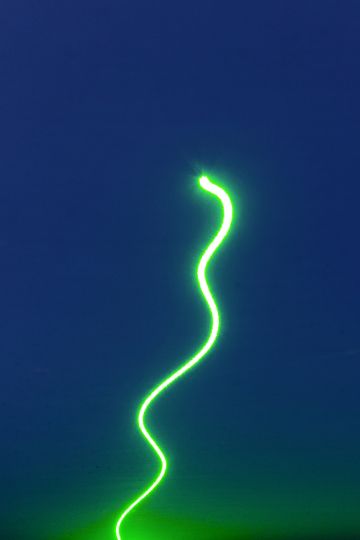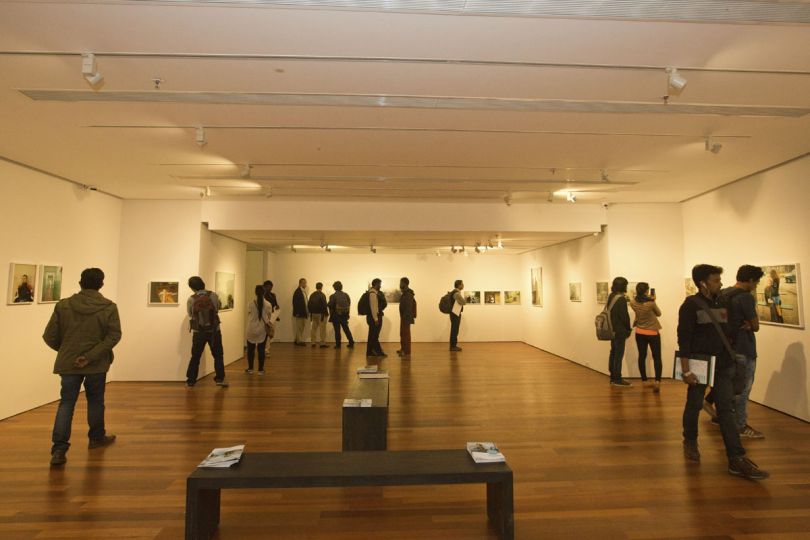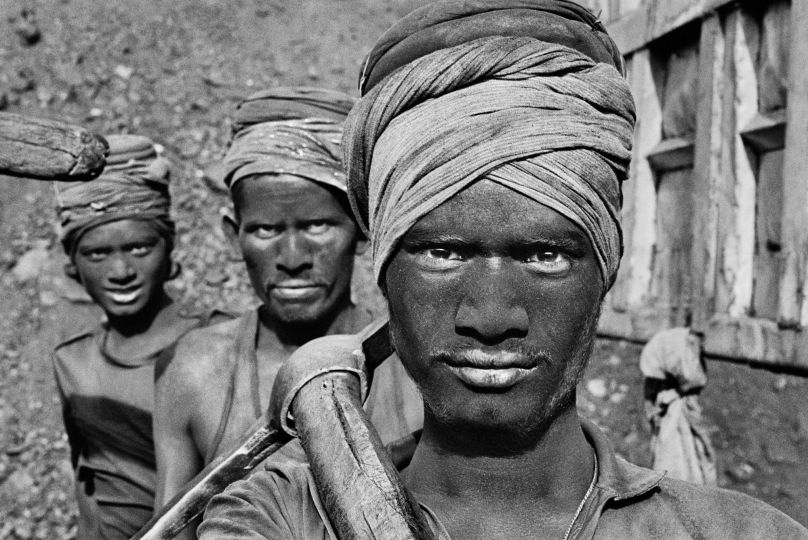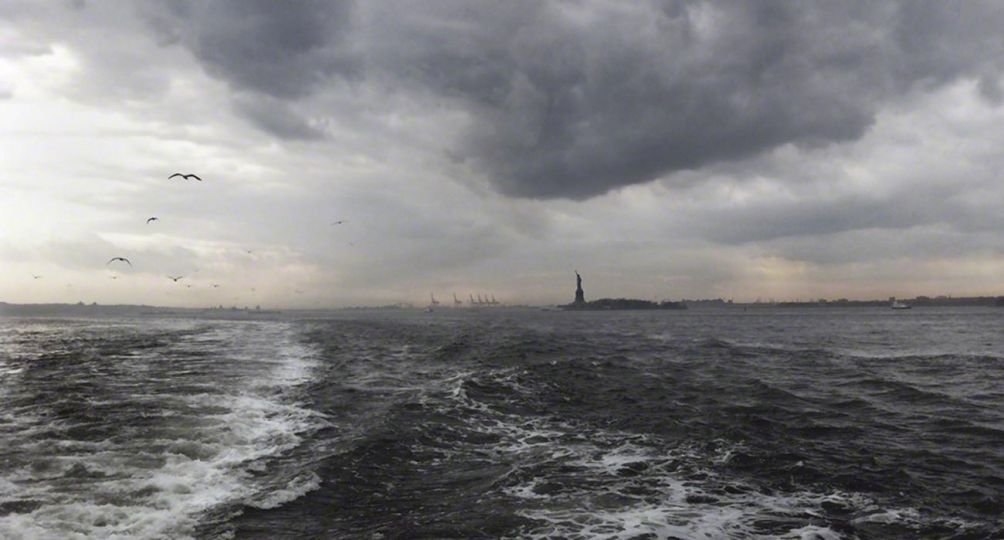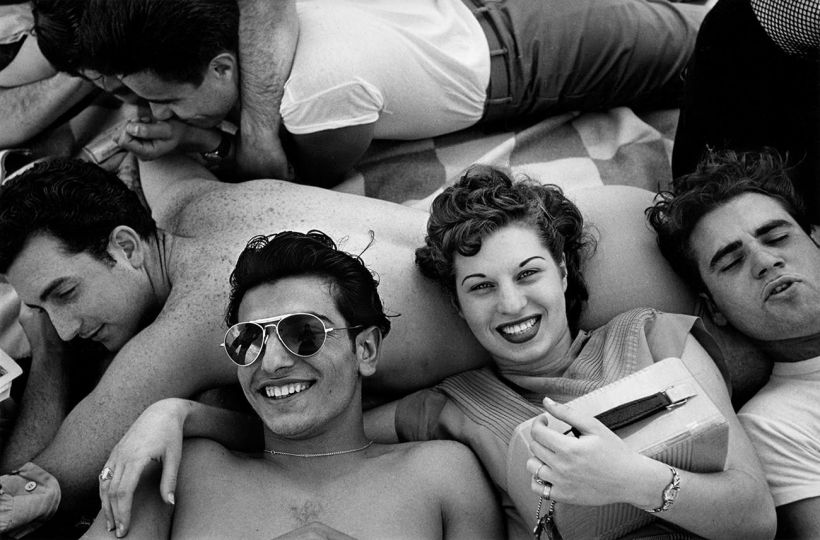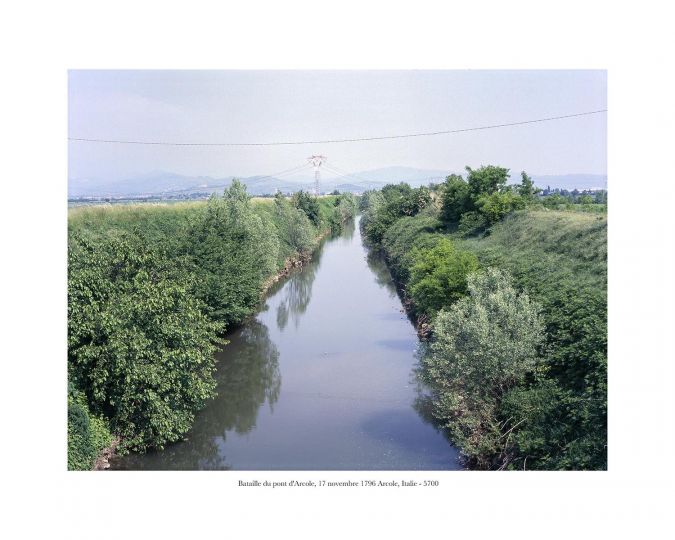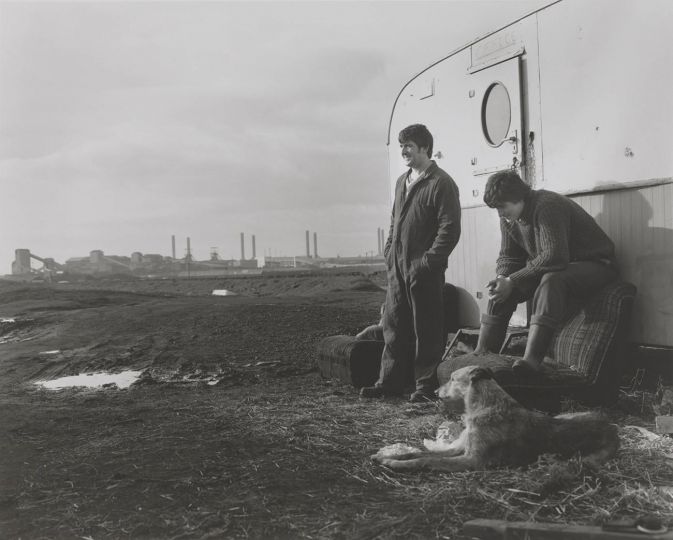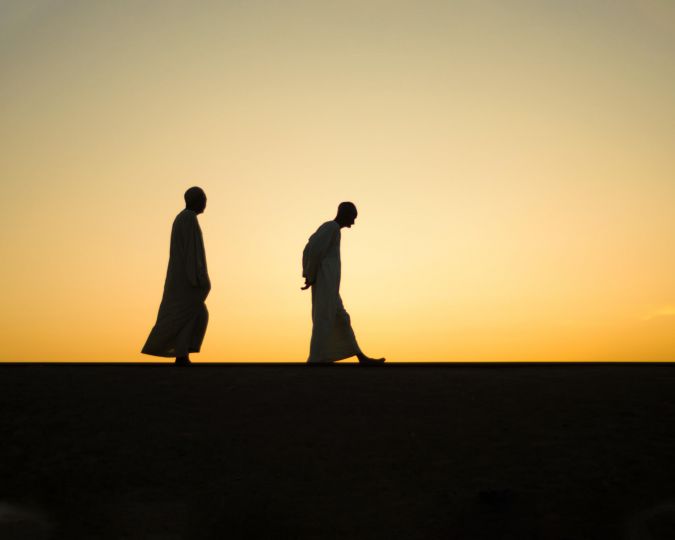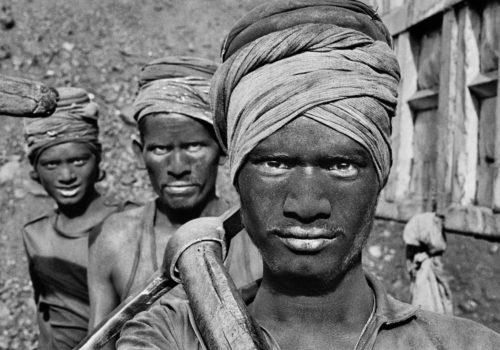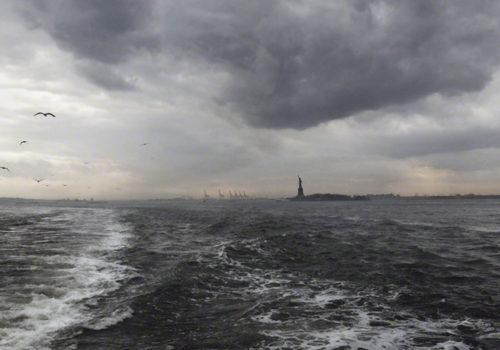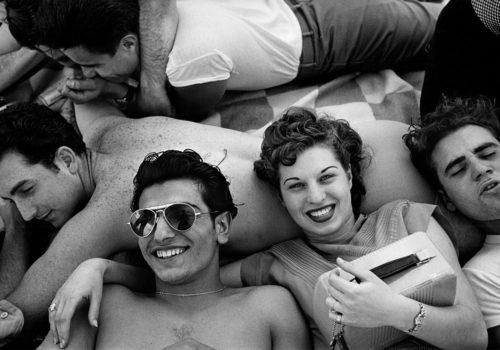When Mahatma Gandhi’s grand-nephew Kanu Gandhi initially asked to photograph his great-uncle at the Sevagram Ashram, Gandhi turned him down, saying they could not afford it. So an associate in the non-violence movement, GD Birla, an industrialist, gave Kanu 100 rupees to buy his first camera, a Rolleiflex, and rolls of film. Gandhi agreed to the request, with three conditions: that he would not pose, he would not finance it, and no flash would be used.
The result was an archive of more than 1,000 rare and intimate images of the last 10 years of Gandhi’s life, revealing the public figure during a series of private moments: lying in bed with a book on his chest, apparently asleep; being weighed on a scale; having his feet washed by his wife, Kasturba Gandhi; using a telephone in a newly installed kiosk at the ashram.
Kanu Gandhi lived with Gandhi at Sabarmati Ashram from the age of two. When Gandhi took up residence at Sevagram Ashram in 1937, Kanu joined his personal staff and worked with him until Gandhi’s death in 1948. Though some of Kanu’s images are well known, he was rarely credited for them. And though some of his images were reproduced in books about Gandhi, his work has not yet been published or shown as one body of work, nor acknowledged for its historical and artistic importance.
Nazar Foundation seeks to correct this anomaly, and presents this exhibition with the aim of giving a great but forgotten photographer his due credit. Prashant Panjiar and Sanjeev Saith, the Foundation’s curators, reached out to Kanu’s family, the sole copyright holders of his work, to meticulously research the long forgotten archive. The exhibition follows the publication of the book by the same name, the third title in the Nazar Photography Monograph series.
Kanu Ghandi, India
Chobi Mela IX International Festival of Photography in Bangladesh
February 3 to 16, 2017
Rd No. 8A
Dhaka 1209
Bangladesh

